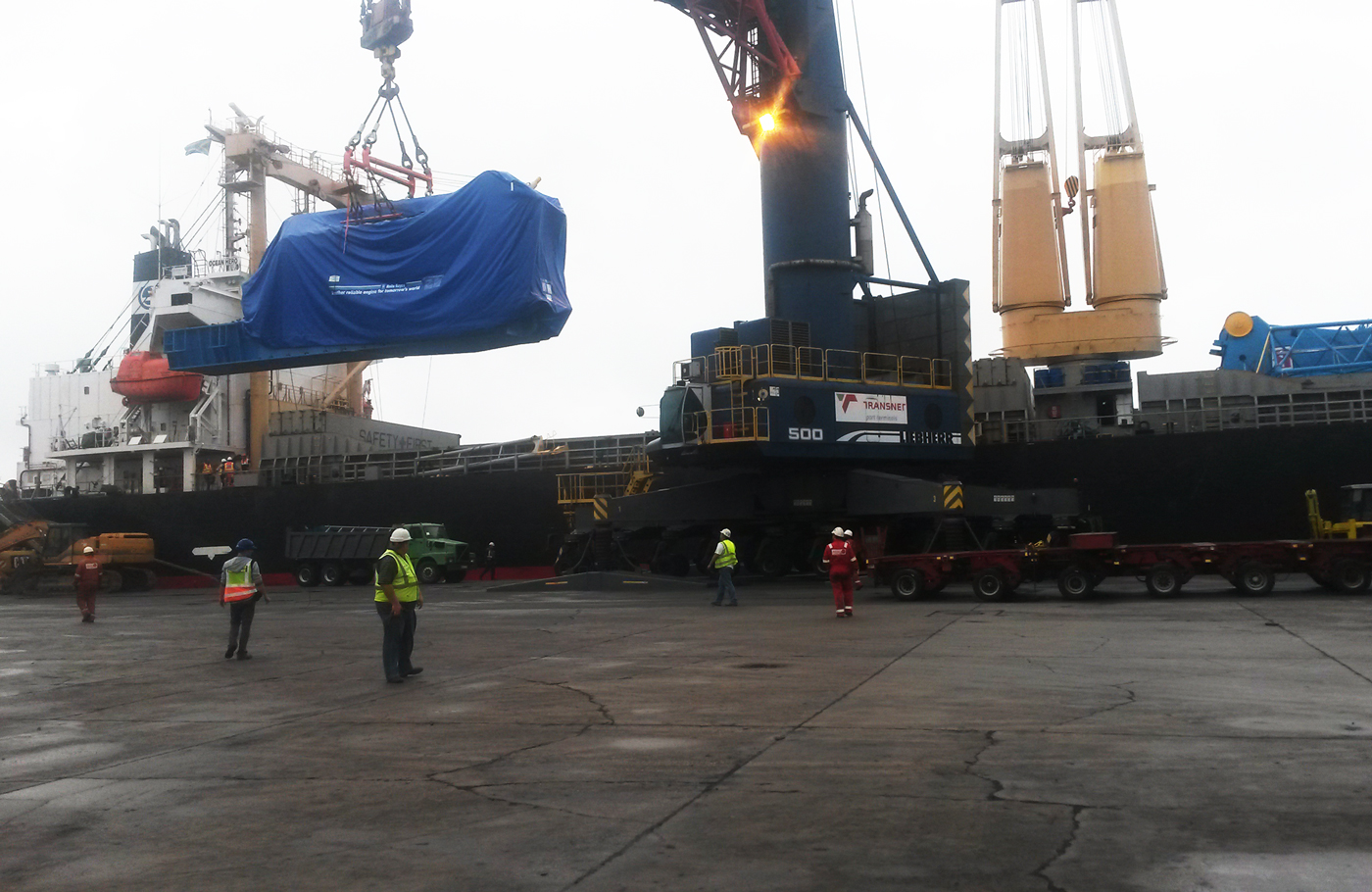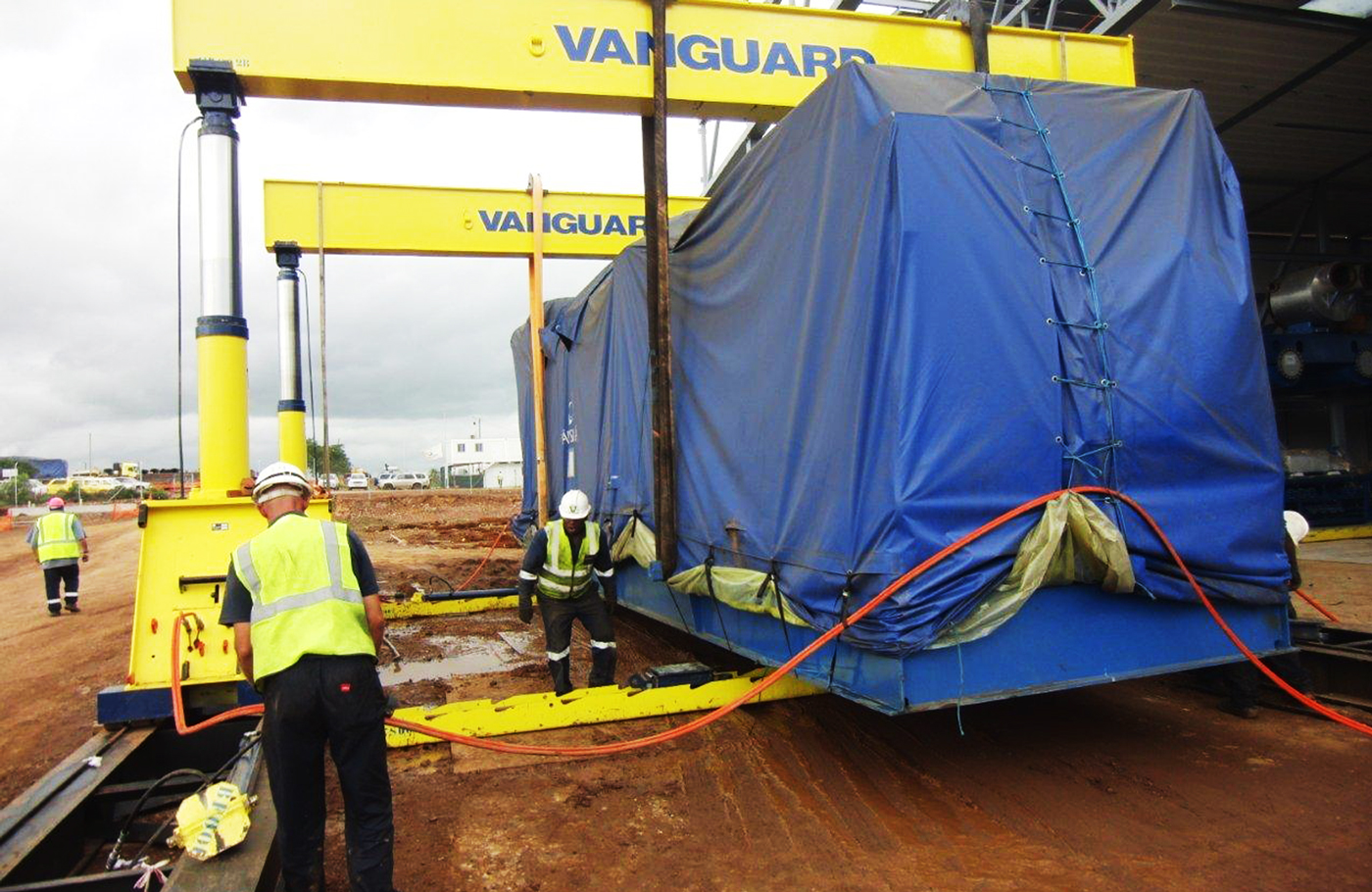Defying belief: logistical mysteries of a pyramid
Defying belief: logistical mysteries of a pyramid
This month represents an all-new angle for Logistics Log, as MARKUS NIEUWOUDT examines the logistics behind the construction of the Great Pyramid of Giza in Ancient Egypt.
When it comes to buildings, humanity’s view is clearly that “bigger is always better”. Constructions such as the 828-m Burj Khalifa in Dubai (completed in 2010) and the Great Pyramid of Giza (completed in 2570 BC), provide ample evidence of this trend.
However, these super-projects bring with them enormous logistical challenges. In this article, we will explore theories on the logistics behind the largest pyramid ever constructed: the Great Pyramid of Khufu, better known as the Pyramid of Giza.
The Giza pyramid is the tomb of the Fourth Dynasty Pharaoh Khufu. Taking an estimated 27 years to build, it was the tallest man-made structure in the world for 3 800 years, until construction of the Lincoln Cathedral was completed in 1311.
The dimensions of the pyramid are staggering. It is 146.7 m high with a base length of 230.6 m, while it is constructed from an estimated 2.3 million large blocks, weighing a total of six million tonnes. Materials included some 5.5 million tonnes of (primarily) limestone from the Giza Plateau, as well as an estimated 8 000 tonnes of granite blocks from Aswan, more than 900 km away. The largest of these blocks each weighed between 25 and 80 tonnes, and were transported to the construction site by boat down the Nile River. A study conducted in 1999, meanwhile, estimated that the total project required an average workforce of about 13 000 people, with a peak workforce of about 40 000.
To fully understand just how ambitious, impressive, and ingenious this construction project was, it helps to consider the modern-day technology required to move an 80-tonne piece of equipment 900 km from origin to destination.


Above: A Rolls-Royce power generation unit is lifted from the vessel.
A specialised hydraulic lifting platform.
In 2014, a 100 MW natural gas-fired power station was constructed on the border of Mozambique and South Africa over a two-year period. At the heart of the power station were 13 Rolls-Royce generation units, each weighing 100 tonnes. It took a 500-tonne mobile crane to lift each of these units from the vessel and place them on specialised trailer and horse combinations for the 669-km overland transport from the South African port of Richards Bay to Ressano Garcia in Mozambique.
When the generation units arrived at the construction site, they were offloaded using a specialised hydraulic lifting platform before being manoeuvred into position onto their foundations within the housing structure.
The Ancient Egyptians constructed the Giza pyramid by placing those 2.3 million blocks without the assistance of pulleys, wheels, or iron tools. The logistics necessary to achieve this feat were nothing less than astounding.
Somers Clarke and Reginald Engelbach, authors of Ancient Egyptian Construction and Architecture, assert that a device known as a “cradle” or “rocker” in Ancient Egyptian Masonry was used to move the blocks about, noting that the most popular theory for how the stone blocks were moved up the pyramid is that of a ramp system, possibly complemented by the use of levers. Exactly how this ramp system worked, however, has never been adequately explained, and there are, according to Brier and Hobbs (2013), significant problems with the physics involved. Engineer Robert Carson, on the other hand, believes that the Ancient Egyptians used their knowledge of pumps to control water levels inside the pyramid to move blocks upwards.
Whatever the truth of the matter, it would seem that the Ancient Egyptians possessed vast skill in coordinating manual labour. Another great mystery, however, is how an 80-tonne granite block could be loaded onto a ship and then unloaded. There are again, of course, various theories as to how the Egyptians achieved this.
The obelisk of Pharaoh Hatshepsut, built in 1457 BC during the Eighteenth Dynasty, was made of a single piece of pink granite weighing 343 tonnes. The method of loading the obelisk onto the specialised barge is equally mystifying. Considering the fact that the first recorded cranes were used by the Greeks in around 500 BC and the first stationary harbour cranes were recorded around 1244 in Utrecht (they were mostly used to lift wine barrels), it would seem that the Egyptians possessed some vast knowledge on logistical practices that we cannot even begin to contemplate. The great monuments and temples of Ancient Egypt still captivate our minds even in the modern era, and will likely continue to confound explanation for generations to come.
Published by
Markus Nieuwoudt
focusmagsa




